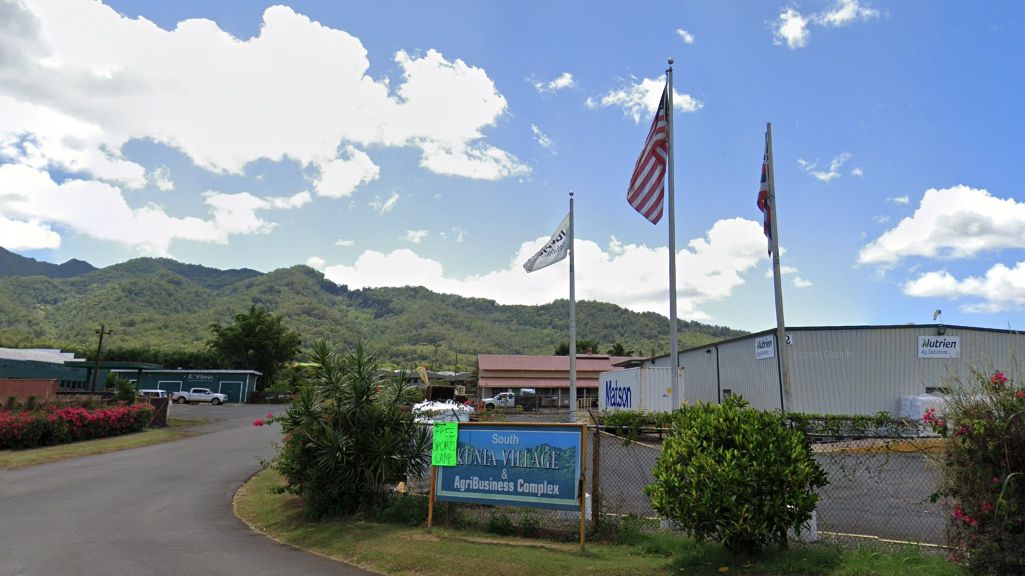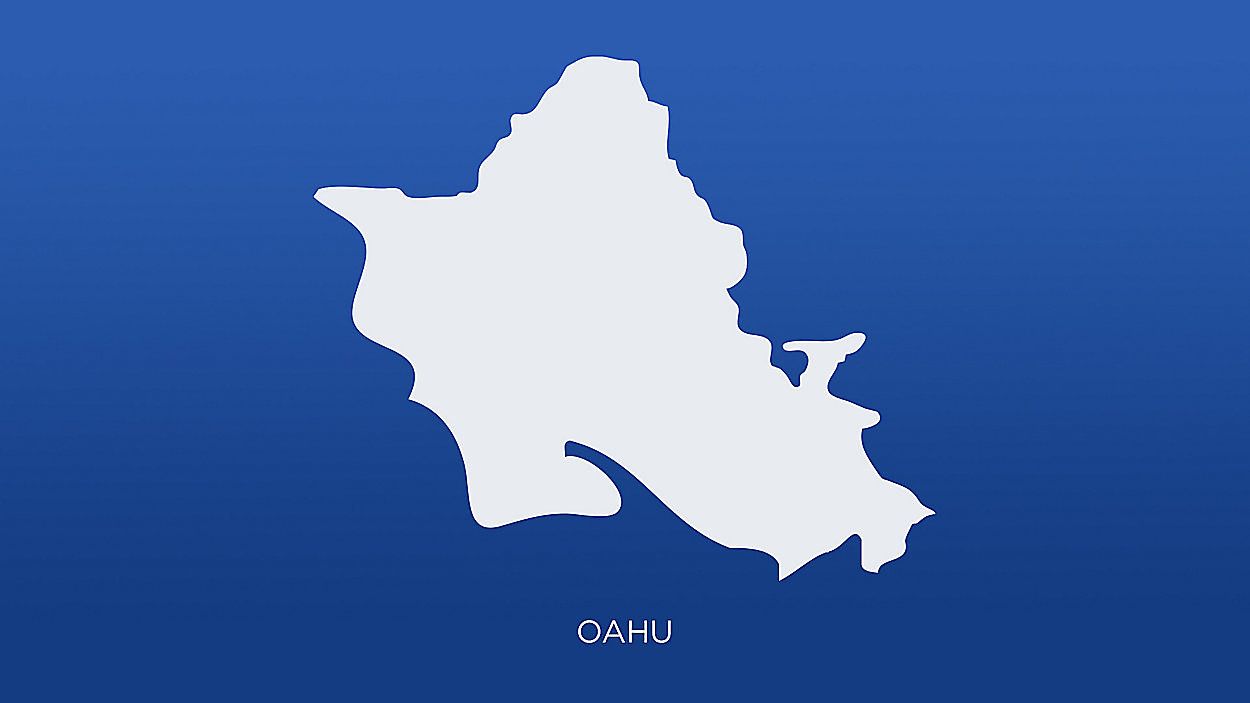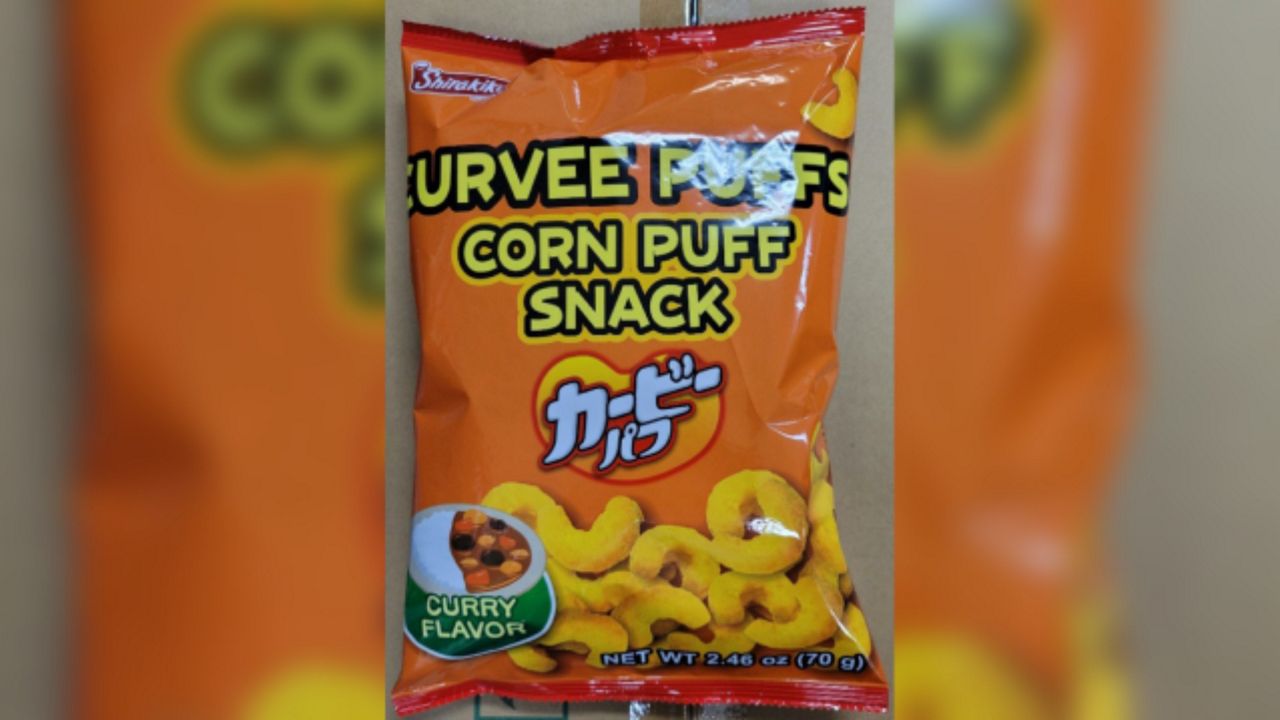WAIPAHU, Hawaii — “Forever chemicals” were detected in the Kunia Village Well 4 and the Kaamilo Wells Pumping Station, according to news releases.
The Department of Health announced Friday that high levels of various perfluoroalkyl substances, also known as PFAS or “forever chemicals,” were detected in water samples collected at the Kunia Village Well 4, which is part of the Kunia Village Water System serving about 650 residents in the leeward side of Oahu.
The Board of Water Supply reported Wednesday the detection of low levels of PFAS at its Kaamilo Wells Pumping Station, which is in Aiea and serves the area from Pali Momi Street to Halawa District Park.
PFAS are called “forever chemicals” because they can take hundreds of years to degrade naturally, according to Catherine Pirkle, a University of Hawaii at Manoa Office of Public Health Studies associate professor. The human-made chemicals have been used for over 60 years and are found in non-stick cookware, stain-repellent carpets and furniture, water-repellent clothing, food packaging and fire-fighting foam. The chemicals are known to cause health problems and have been linked to cancer, reproductive issues and immunotoxicity.
In January, DOH reported that PFAS were found in Kunia Village Well 3. After that finding, the Kunia Village Water System was temporarily switched to another water system. Residents have been provided bottled water, as the alternative water source needs time to disperse throughout the water system. Officials are still looking for a long-term solution to provide clean water to the residents of Kunia.
The Kunia Village Water System is privately owned and is not operated by the Honolulu Board of Water Supply. DOH took the samples of the Kunia Village Well 4 as a follow up after PFAS were detected in Kunia Village Well 3.
In March, the Environmental Protection Agency proposed limits to “forever chemicals” in drinking water. The EPA’s threshold was set at 4 nanograms per liter (ng/L) for the chemicals PFOA and PFOS, which are two types of “forever chemicals.” The detections found in Kunia Village Well 4 exceeded the EPA’s Maximum Contaminant Levels for PFOS (11.7-14 ng/L) and PFOA (5.57-7.8 ng/L).
The PFAS found at the Kaamilo Wells Pumping Stations were detected by the Board of Water Supply at levels between 2.1-3 ng/L, below the EPA’s Maximum Contaminant Levels for PFOS and PFOA. However, some chemicals exceed the EPA’s interim lifetime health advisory of 0.00002 ng/L and 0.000004 ng/L, respectively, which means they could cause a health risk over a lifetime of drinking water with these chemicals.
The Board of Water Supply detected the chemicals at Kaamilo Wells Pumping Station as part of its PFAS testing program. So far this year, the BWS's testing program has detected low levels of “forever chemicals” in the Waipahu Wells II, the Makakilo Well, and the Waipio Heights Wells.
Samples taken by the Navy from soil near the Red Hill Bulk Fuel Storage Facility, where 1,100 gallons of aqueous film forming foam were spilled on Nov. 29, 2022, contained PFAS over DOH’s environmental action levels.
Michelle Broder Van Dyke covers the Hawaiian Islands for Spectrum News Hawaii. Email her at michelle.brodervandyke@charter.com.








